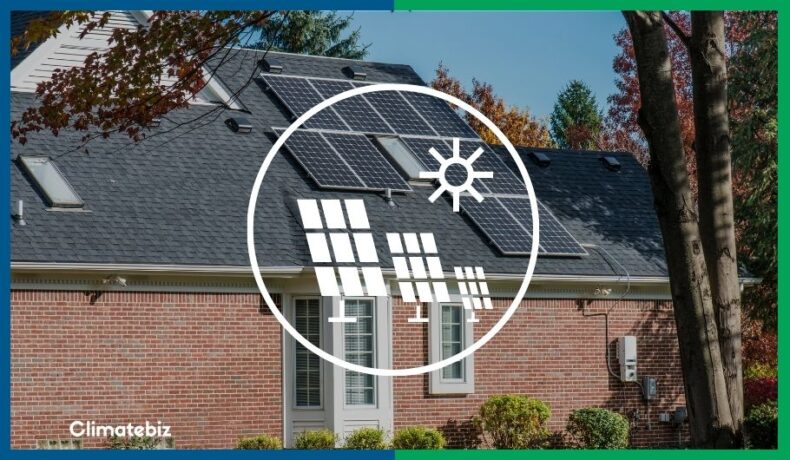Many commercial and residential energy users are making the energy transition from fossil fuels to renewable technology. Globally, solar PV technology is the fastest growing technology. According to the EIA survey, 40% of Grid-Tied Solar PV System has been installed in the United States.
Solar photovoltaics (PV) is one of the sustainable technologies that directly yields electricity from the sun. Generally, the solar PV system is categorized into three types which are the following,
- Off-grid
- Grid-tied
- Hybrid
In this article, you’ll learn how grid-tied solar systems work and familiarize yourself with the relevant components. Additionally, you’ll understand how you can expand your grid-tied solar system through the use of battery backups and gensets.
Table of Contents
What Is A Grid-Tied Solar System?
A grid-tied PV system connects directly to your grid (main electrical distribution box). It’s a two-way system that allows you to import and export energy from the grid depending on the load requirement.
Flexibility
The system is flexible in terms of sizing. Furthermore, you don’t need to worry if your electric usage varies with time.
The grid is just like an infinite battery source. It will supply electricity according to your home’s load requirement. Users with a three-phase utility connection can only set up the grid-tied solar system. However, users with single-phase connections can set up an off-grid solar system.
If you set up a grid-tied system, you are referred to as a PROSUMER. In other words, you’ll be consuming energy from the grid and producing energy from solar panels.
What Parts Do I Need For A Grid-Tied Solar System?
Firstly, you need to familiarize yourself with the major components.
The following figure shows the minimum requirements to set up a grid-tied PV system.
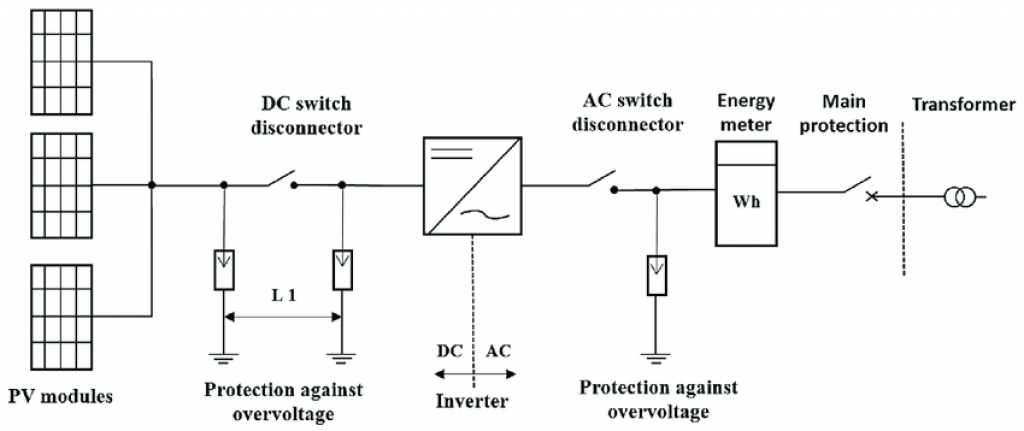
Source: Economic_Analysis_of_Grid-Connected_PV_System_Regulations_A_Hungarian_Case_Study
Solar Panels
Solar panels are composed of small cells made up of multiple layers of silicon and boron.
Sunlight consists of ‘photons.’ When sunlight strikes a PV module, it emits a negative electron. After that, boron emits a positive charge.
The continual fall of photons results in the flow of electrons and the creation of direct current. This phenomenon is called the photovoltaic effect.
This, in short, is how a solar module turns sunlight energy into electrical energy.

Source: https://www.eia.gov/energyexplained/solar/photovoltaics-and-electricity.php
Solar-Related Terminology

Source: Configuration-of-cell-module-and-array
Firstly, small PV cells combine in series to form a solar module.
Secondly, suppose you combine modules in a series connection. In this case, the combination is called a ‘String.’
Thirdly and most importantly, multiple strings are connected in parallel to form a solar PV ‘Array.’
Solar PV Technology
From 1986 to 2022, commercial solar PV technology has improved dramatically.
Essentially, the efficiency of solar PV modules is the key factor when purchasing PV modules.
You need to consider the technology of solar modules before purchasing them. Below you can find the table of solar PV types with their efficiency.
| Solar PV Type | Efficiency (%) | Application |
|---|---|---|
| Mono-Crystalline | ≤ 24 | Commercial and Residential utility system |
| Poly-Crystalline | ≤ 17 | Commercial and Residential utility system |
| Thin-Film – Amorphous silicon | ≤ 9 | Street lights, rooftop busses, house windows, etc |
Related Reading: Monocrystalline Solar Panel – (Everything You Need to Know)
Inverters
The utility provides AC electricity, while the photovoltaic array produces DC. Therefore, you’ll need an inverter. The inverter is a device that takes DC power and converts it into AC power.
The important thing in a grid-tied PV system is the electrical voltage and frequency (50/60 Hz) synchronizing the solar PV array with utility.
You can use a Grid-Tied Inverter (GTI). There are three types of GTI available in markets.
- Central Inverter
- Multiple String Inverter
- Microinverter
The grid-tied inverter works whether you have a three-phase grid supply or a single-phase connection at your house. It uses Maximum Power Point Tracking (MPPT) to find maximum DC power and converts it into AC.
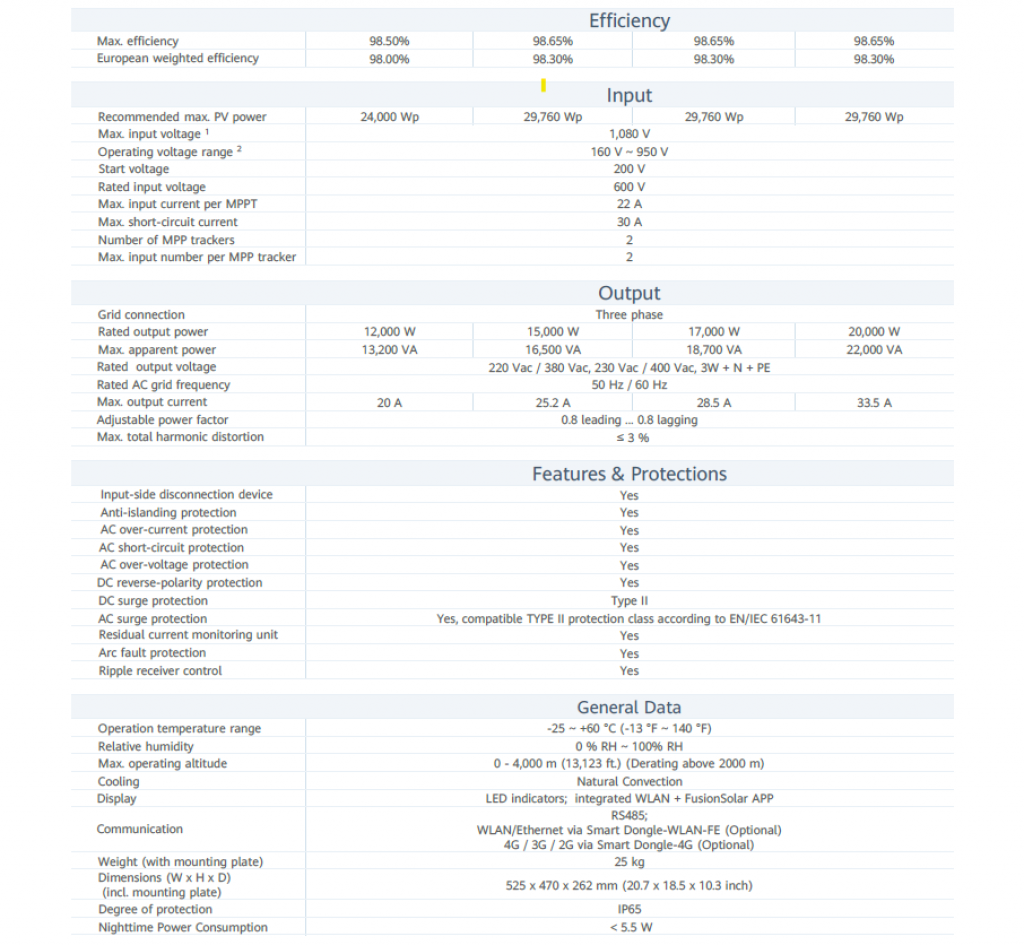
Protection Devices
Electricity is vital for a functioning society. That being said, it doesn’t come without its own set of hazards. As such, it’s crucial to use protection devices.
Here are some examples of protection devices used for setting up a Grid-Tied PV system:
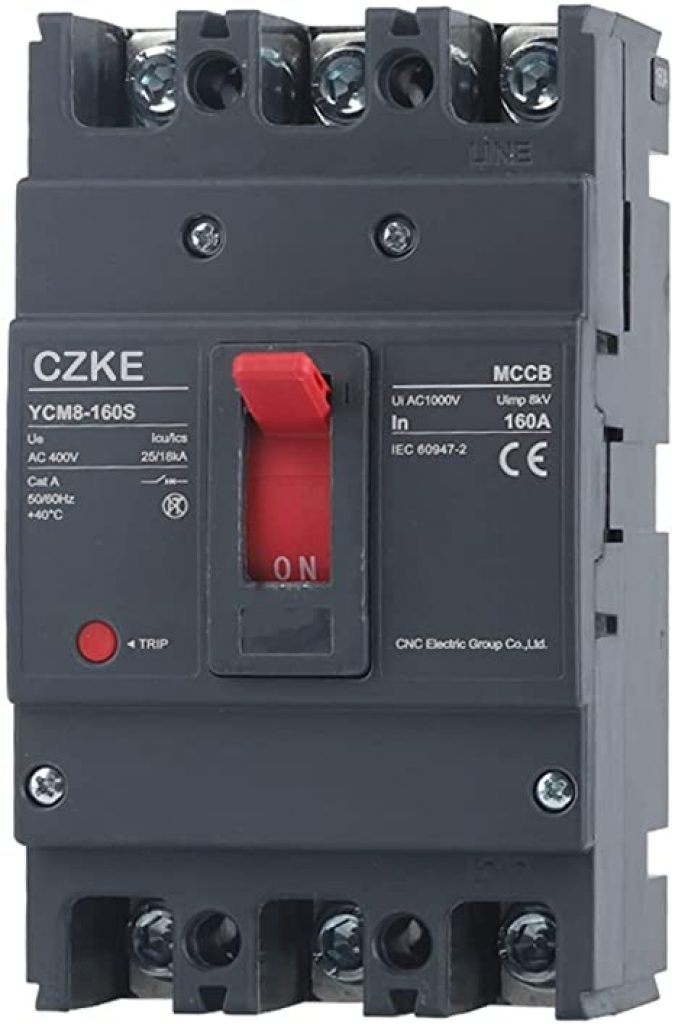
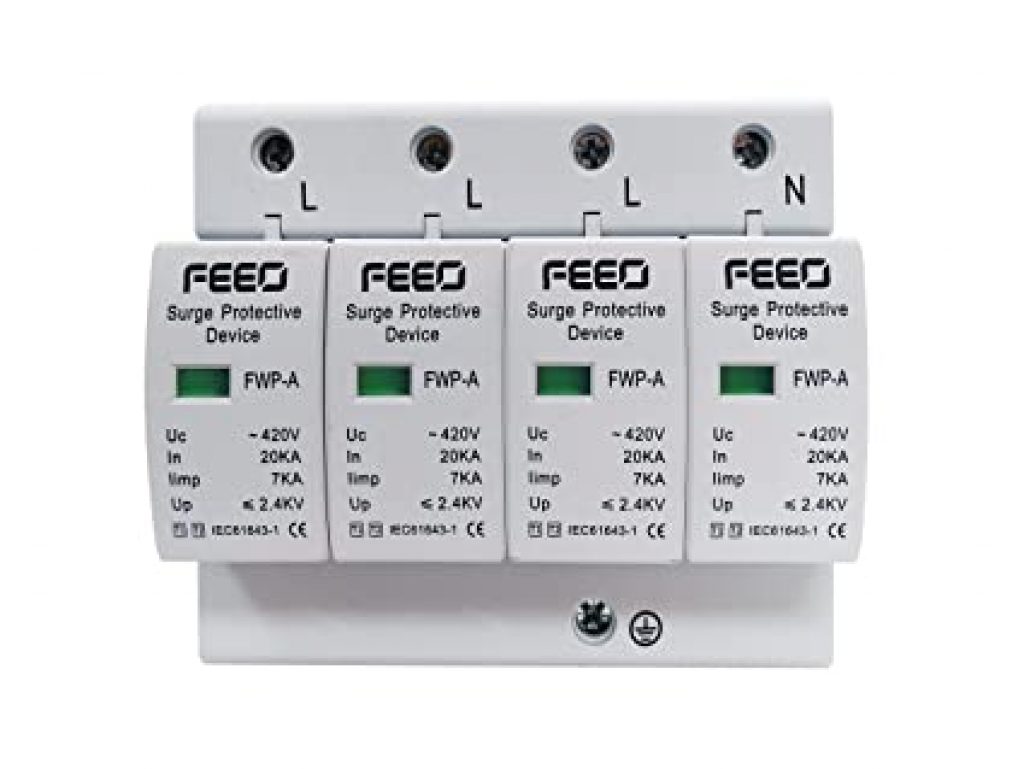
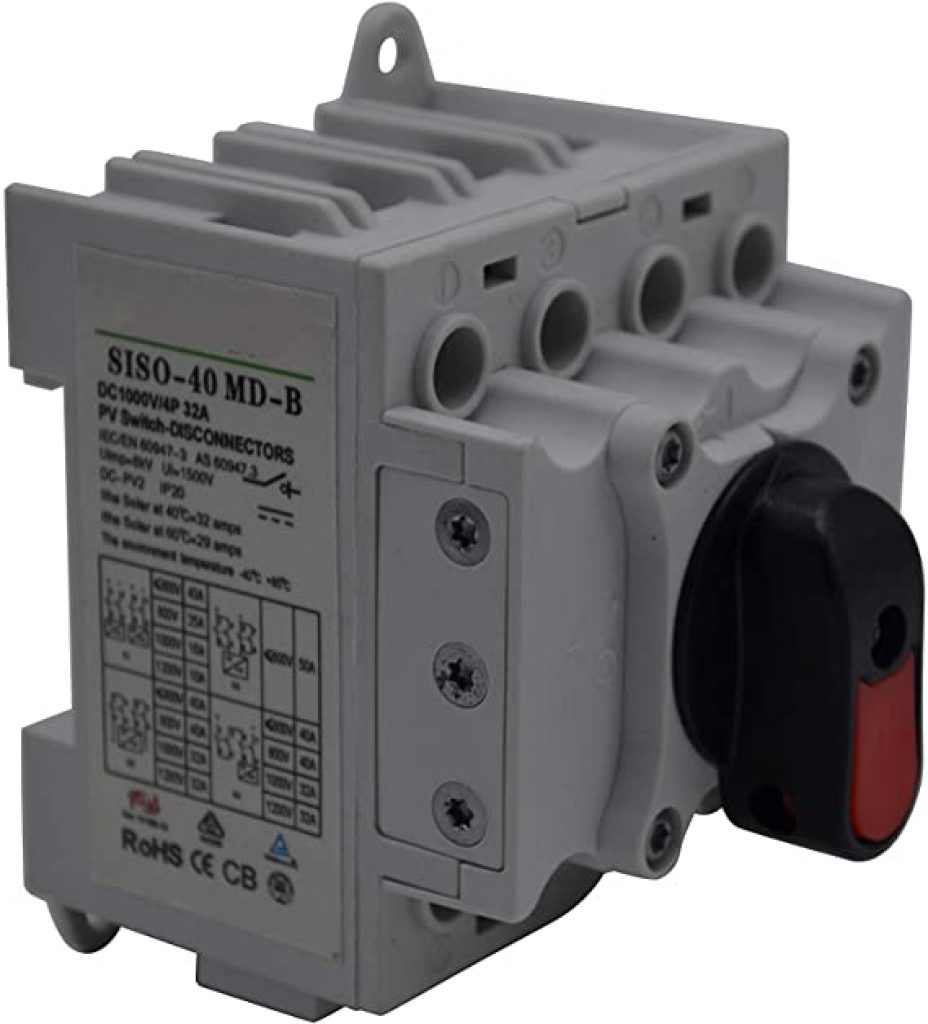

DC Isolator: an isolating device that operates manually. It uses for separating PV panels from the grid when an electrical disturbance occurs.
Fuses: an electrical overcurrent protection device. It operates when a short circuit occurs in the system.
Breakers: an electrical overvoltage protection device. It will operate when voltage limitations are exceeded.
Surge Protection Device (SPD): protects from sudden voltage spikes or surges that arise, whether from the DC or grid side.
Net Meter
A bi-directional meter can count energy units from the grid or solar PV array. Billing will be done accordingly based on the final net meter reading.
You need to set up net metering by paying one-time interconnection charges. Payment depends upon the size of the solar PV system. The larger the size, the higher you will pay for net meter interconnection charges.
Remember, the net metering rules and regulations vary state-to-state and country-to-country. For example, in California, you can set up a net meter connection of up to 1 Mega Watt (MW). However, Florida allows net metering up to 2 MW.
Don’t forget to check your country and state’s net metering rules and regulations before setting up a Grid-tied solar PV system.
Do you know what happens if you use a utility meter instead of a net meter?
Suppose you have surplus energy of 200 kWh after subtracting your monthly consumption. You’ll anticipate receiving credits this month. However, your utility will actually ask for payment against the surplus units.
Here’s why: when additional energy is fed into the grid, the lack of a net meter forces the utility meter to view incoming and outgoing energy in the same manner.
How Does A Grid-Tied Solar System Work?
To understand how a grid-tied system operates, let’s break it down into simple steps.
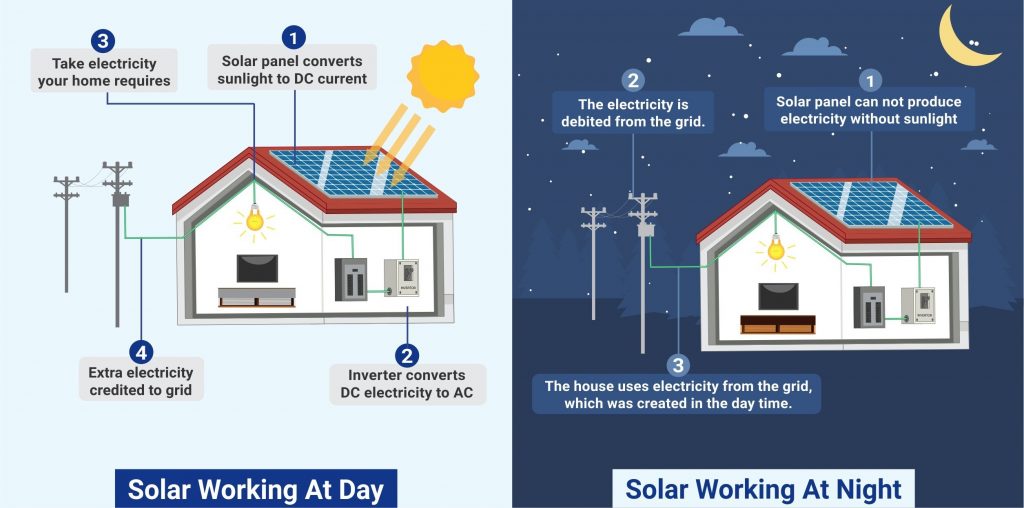
Source: https://www.pixonenergy.com/faqs.html
Working At Day
Step 1. When solar irradiance falls at an optimum angle on the solar panels, they produce DC power.
Step 2. Then, an inverter will convert DC power into AC power.
Step 3. Your house load will consume the required power.
Step 4. The extra power generated will be transferred to the grid via net metering.
Note: If solar panels are unable to produce the required power, then an additional amount of electricity will be supplied by the grid through a net meter
Working At Night
Step 1. Neither the sun nor its solar irradiance is available at night. As such, there is no DC electricity production.
Step 2. The inverter will perform in an anti-islanding mode.
Step 3. The AC grid will supply electricity.
Note: the above also applies during overcast conditions.
Will You Have To Pay For Electricity?
Let’s understand this concept by using a simple example.
Suppose you have set up a grid-tied PV system. Your maximum daily energy requirement is 500 kWh. At night, your electrical consumption drops to 175 kWh.

Today, the sun in your area is bright and shining with its full potential. Therefore, the average energy produced throughout the day is 700 kWh.
Your requirement was 500 kWh. As a result, the surplus 200 kWh is transferred into the grid via the net meter.
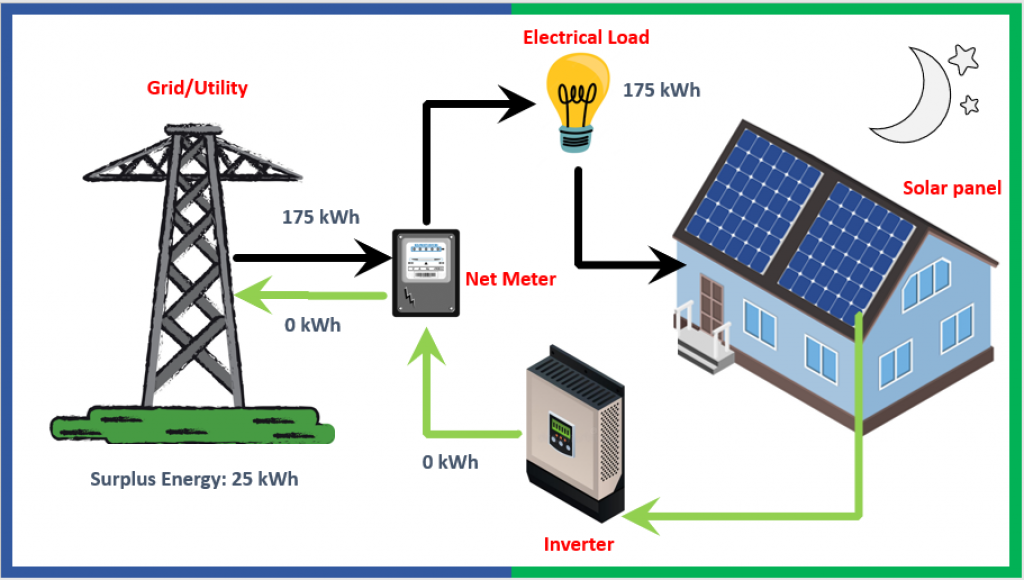
Now it’s nighttime — only the grid is available to feed your electricity needs.
Now, suppose your nighttime requirement is 175 kWh. Before the night began, you had 200 kWh of surplus energy. Now it drops to 25 kWh.
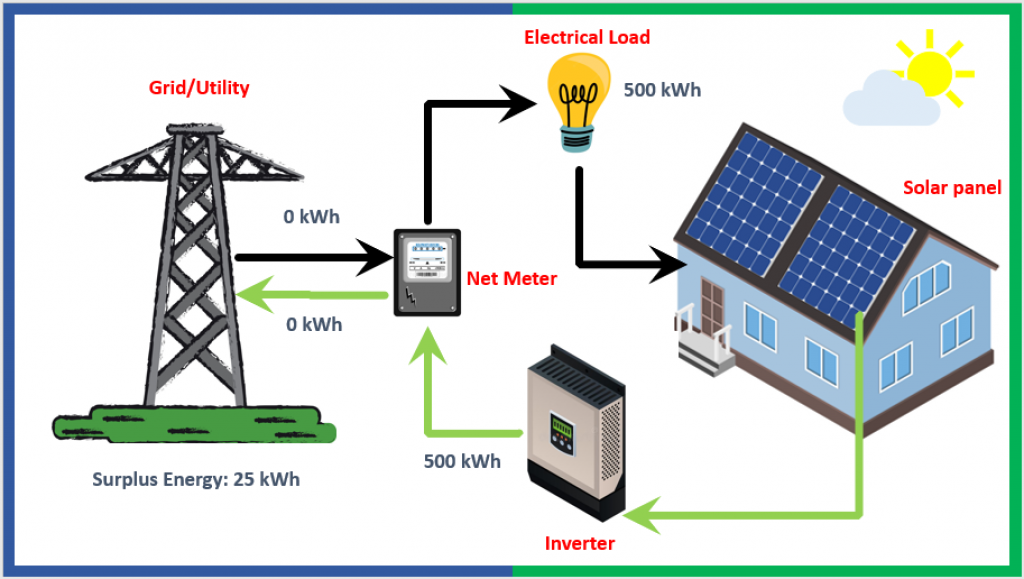
A new day arrives; it’s overcast outside. Your inverter and solar panels worked their magic and produced 500kWh.
Today you haven’t fed a single kWh into the grid, but your carry forward energy is only 25kWh.

Now, the grid will start to supply 175 kWh of electrical energy.
You’re purchasing 150 units from the grid, so -150 kWh appears on your net meter. A negative sign means you have purchased electrical energy from the grid.
A similar process will repeat itself till the end of the month.
If your surplus energy is positive, your utility will have to pay according to the energy agreement or contract. In case of negative energy on the net meter, you’ll pay to the grid.
Can You Set Up A Grid-Tied Solar System Without Net Metering?
If you do not want to set up the net metering, you only need to stop the transfer of surplus energy into the grid.
Are you thinking about how to stop energy transfer? Is there any manual method? Do you need to consume more energy? Don’t panic! A practical solution is available.
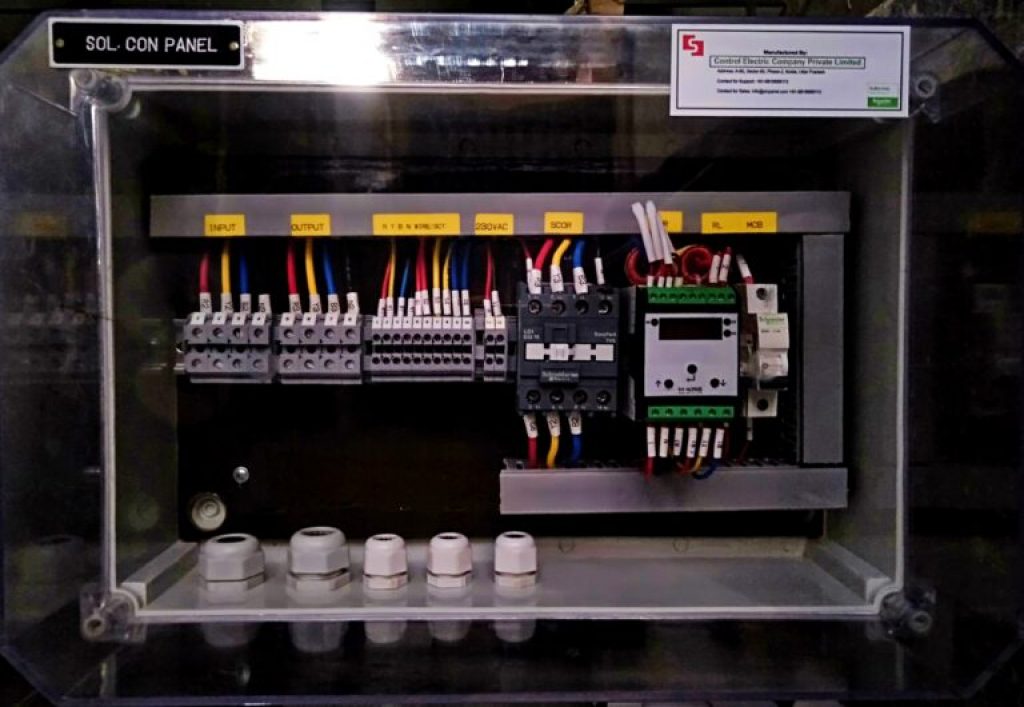
Source: Zero Export Device
The solution is to add a zero-export controller. This device does not allow surplus energy to be transferred into the grid.
Grid-tied inverters work on maximum power point tracking. Therefore, it’s easy for GTI to change its power production.
The controller will command GTI to produce power according to the required load. In this way, no energy will export to the grid.
Can You Have A Grid-Tied Solar System With Battery Backup?
Most people ask, “What will happen If I lose the grid connection?”
If the grid connection is lost, you will not receive a single ounce of energy from your PV system.
Both grid-tied solar systems and the grid itself run in tandem.
A grid-tied solar system is economically best but not reliable. To improve its reliability, you’ll need to use a backup battery.

While you need to add a battery to a grid-tied system, you’ll also require a charge controller.
The controller will charge batteries when excess solar power is available during the daytime.
Suppose your batteries are fully-charged and surplus energy is also available; it’ll then feed extra energy into the grid. When the sun sets, the battery will now be available to supply stored energy to the household, and the cycle goes on.
The most important thing to remember is that controller settings do not allow the battery to charge from the grid. If extra solar power is unavailable to charge batteries, the grid will consider batteries as a load and start charging. As a result, you’ll be paying to the gird.
Is There Another Way To Enhance A Grid-Tied PV Systems Reliability?
There is another option that you can use to improve the reliability of your system. However, it’s only feasible for commercial users who have set up solar PV systems greater than 200 kW.
Currently, setting up a large-scale battery bank for reliability purposes is not a financially sound decision.
Many commercial users have diesel generators (DG) or gas gensets.
With smart-controller technologies, you can sync your PV system with gensets whether the grid is available or unavailable using the PV-Genset controller.
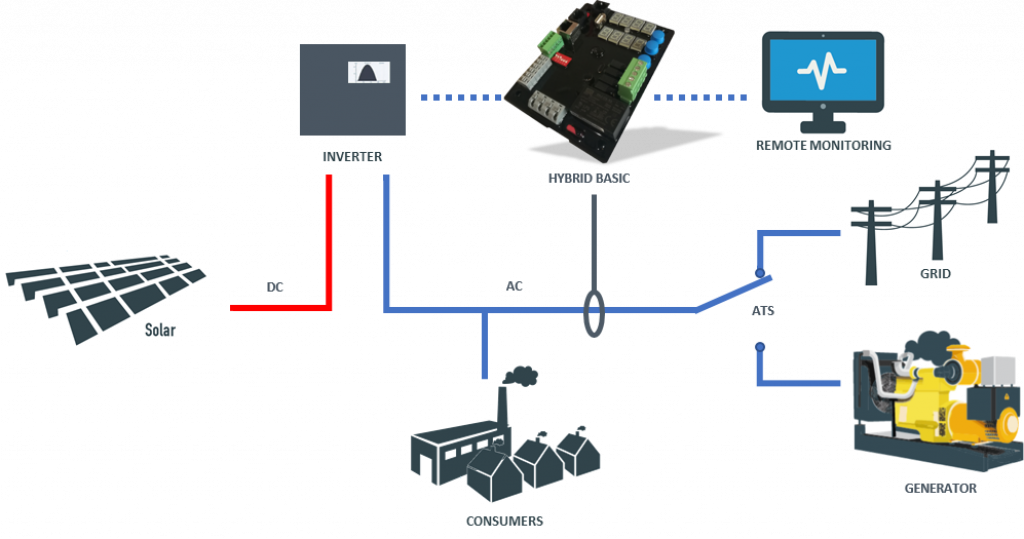
Source: Elgis
Advantages Of A Grid-Tied Solar System
- A grid-tied solar system has an excellent levelized cost of energy (LCOE). In other words, capital (investment) is low, and the return on investment is high. You’ll recover your capital cost by net metering in 2-3 years. Then you can enjoy solar power for up to 25 years.
- Efforts and maintenance costs are lower in a grid-tied solar system than in other systems. In grid-tied systems, only solar modules require maintenance. However, other types of systems require battery maintenance. Maintaining a battery is a challenge, especially with traditional lead-acid batteries, while lithium-ion requires less maintenance.
- Doesn’t take up as much space as an off-grid system and its accompanying components.
- It can be expanded into a solar system that produces megawatts worth energy.
- If the grid is available, it’s the most reliable PV system type. Remember, the grid is like an infinite, virtual battery.
Final Thoughts
Hopefully, after reading this article, you better understand how a grid-tied solar system works.
If you’re confused with choosing between grid-tied and other types of PV systems, the below checklist should help:
- You are living in an urban area, and a grid is available.
- Your budget is low.
- You have significantly less space in your house.
- You want incentive via net metering.
- Your energy consumption is currently less but doubts to increase in future.
- Your daily working schedule is busy, and you have less time to maintain a solar system.
- The sun is available most of the time.
If you identify with many of the points in the above checklist, you should opt for a grid-tied solar system.
Should you have further queries, reach out to us through our community page!

